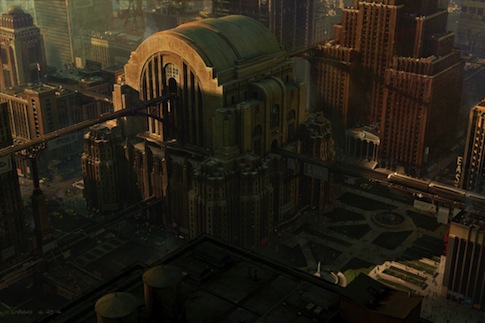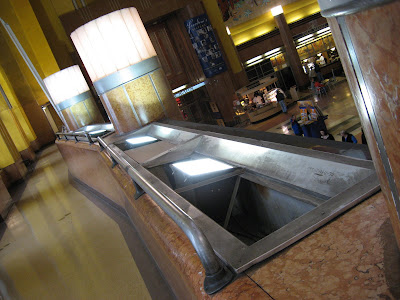Auf Wiedersehen
After very little deliberation, I've decided to halt this site indefinitely.
I've enjoyed posting here about my thoughts and reflections of Cincinnati, as well as being part of the local blogging community, but my time has become increasingly limited for activities such as this.
Several posts ago I listed a multitude of topics that I planned to explore, and had grand ideas of fulfilling them all within a short time frame (to the extent that they deserve), but the progression on these topics slowed with their respective problems. Currently, I have about 6 different articles started, but with them all, I've encountered rough spots that require travel, external research, scanning, editing... lots of time.
Overall, the necessities to complete well thought out, informative, and engaging articles, are unnecessary (and possibly detrimental) to the growth of my familial and professional life. I obviously have never had the intention of living-and-dying with this blog, and right now, every minute counts.
I'll leave this site up for awhile with the hope that I might be able to return to it, but for now, consider it vacant. That being said, if anyone should care to comment on past articles, or send me a personal email, I'll surely respond. Additionally, I'll still be occasionally perusing through (and possibly commenting on) your sites as well.
I appreciate those who have added me to their blogroll, and those who have commented on posts, but don't consider this a total loss unless you come back one day and see that the site no longer exists.
To everyone who contributes to the positivity and progress of Cincinnati:
Keep up the good work!














































